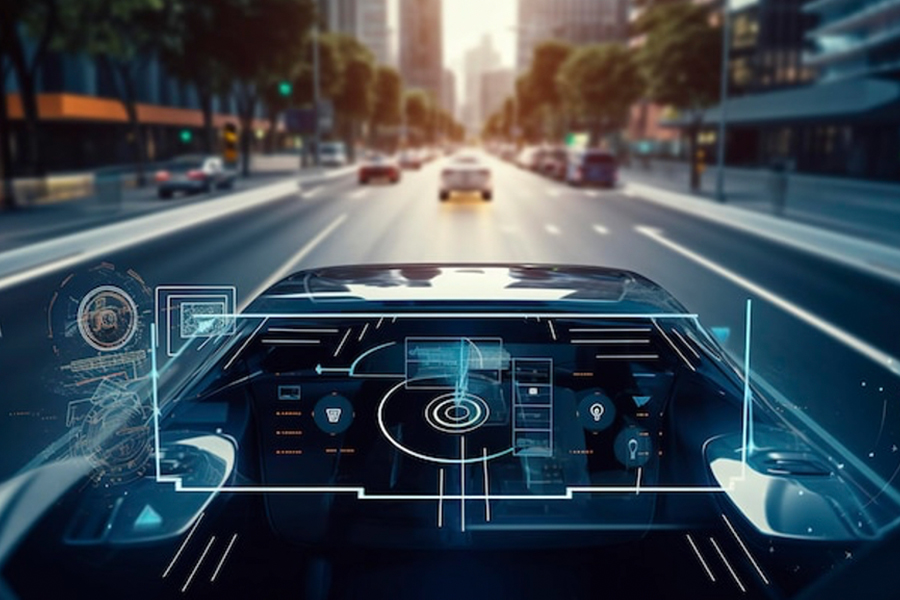Introduction:
In recent years, advancements in vehicle tracking technologies, coupled with the unprecedented capabilities of 5G networks, have revolutionized the way we monitor and manage vehicles. One of the most significant developments in this field is collision estimation, a cutting-edge application of vehicle tracking that utilizes real-time data and predictive analytics to enhance safety on the roads. This blog explores the evolution of vehicle tracking systems, the role of 5G technology in enabling collision estimation, and the potential impact of these innovations on road safety and transportation efficiency. So, now let us see How Will the Integration Of 5G Technology In Vehicle Tracking Systems Impact Collision Estimation and Road Safety along with User-friendly Mobile Network Monitoring Tools, Mobile Network Drive Test Tools, Mobile Network Testing Tools and User-friendly LTE RF drive test tools in telecom & Cellular RF drive test equipment in detail.
Evolution of Vehicle Tracking Systems:
Vehicle tracking systems have come a long way since their inception, evolving from simple GPS-based solutions to sophisticated telematics platforms that offer a wide range of functionalities. Early vehicle tracking systems relied primarily on GPS technology to monitor the location and movement of vehicles in real-time. While effective for basic tracking purposes, these systems lacked the ability to provide detailed insights into vehicle behavior and driver performance.
As technology advanced, vehicle tracking systems began incorporating additional sensors and data sources to capture a more comprehensive view of vehicle operations. Accelerometers, gyroscopes, and onboard diagnostics (OBD) sensors were integrated into tracking devices to monitor factors such as speed, acceleration, braking, and fuel consumption. This data allowed fleet managers and vehicle operators to gain valuable insights into driver behavior, vehicle performance, and operational efficiency.
Role of 5G Technology:
The advent of 5G technology has ushered in a new era of connectivity, offering unprecedented speed, bandwidth, and reliability for wireless communication. 5G networks leverage advanced technologies such as millimeter-wave frequencies, massive MIMO (Multiple Input Multiple Output), and network slicing to deliver ultra-low latency and high data throughput. These capabilities are particularly well-suited for applications that require real-time data processing and high-bandwidth communications, such as vehicle tracking and collision estimation.
One of the key advantages of 5G technology in the context of vehicle tracking is its ability to support massive IoT (Internet of Things) deployments. With 5G networks, millions of connected devices, including vehicles, sensors, and infrastructure components, can communicate seamlessly and efficiently, creating a highly interconnected ecosystem. This enables vehicle tracking systems to collect and process large volumes of data in real-time, facilitating accurate collision estimation and proactive risk mitigation.
Impact of Collision Estimation:
Collision estimation is a groundbreaking application of vehicle tracking technology that has the potential to significantly improve road safety and reduce the number of accidents. By analyzing data from onboard sensors, GPS devices, and external sources such as traffic cameras and weather sensors, collision estimation systems can detect potential hazards and predict imminent collisions before they occur.
One of the key benefits of collision estimation is its ability to provide drivers and fleet managers with early warning alerts and actionable insights to prevent accidents. For example, if a vehicle’s sensors detect sudden deceleration or a sharp change in direction, the collision estimation system can issue an alert to the driver and automatically apply emergency braking to avoid a collision. Similarly, fleet managers can receive real-time notifications of potential risks and take proactive measures to reroute vehicles or adjust schedules to minimize the impact of accidents.
Furthermore, collision estimation systems can facilitate post-incident analysis and reconstruction by providing detailed data on the events leading up to a collision. This information can be invaluable for insurance claims, legal proceedings, and accident investigations, allowing stakeholders to accurately assess liability and determine the root causes of accidents.
Conclusion:
In conclusion, vehicle tracking technologies, combined with the capabilities of 5G networks, are transforming the way we monitor and manage vehicles on the road. Collision estimation, enabled by real-time data analytics and predictive algorithms, holds tremendous promise for enhancing road safety, reducing accidents, and improving transportation efficiency. As these technologies continue to evolve and mature, we can expect to see further advancements in vehicle tracking and collision mitigation, ultimately creating a safer and more connected transportation ecosystem for all.

